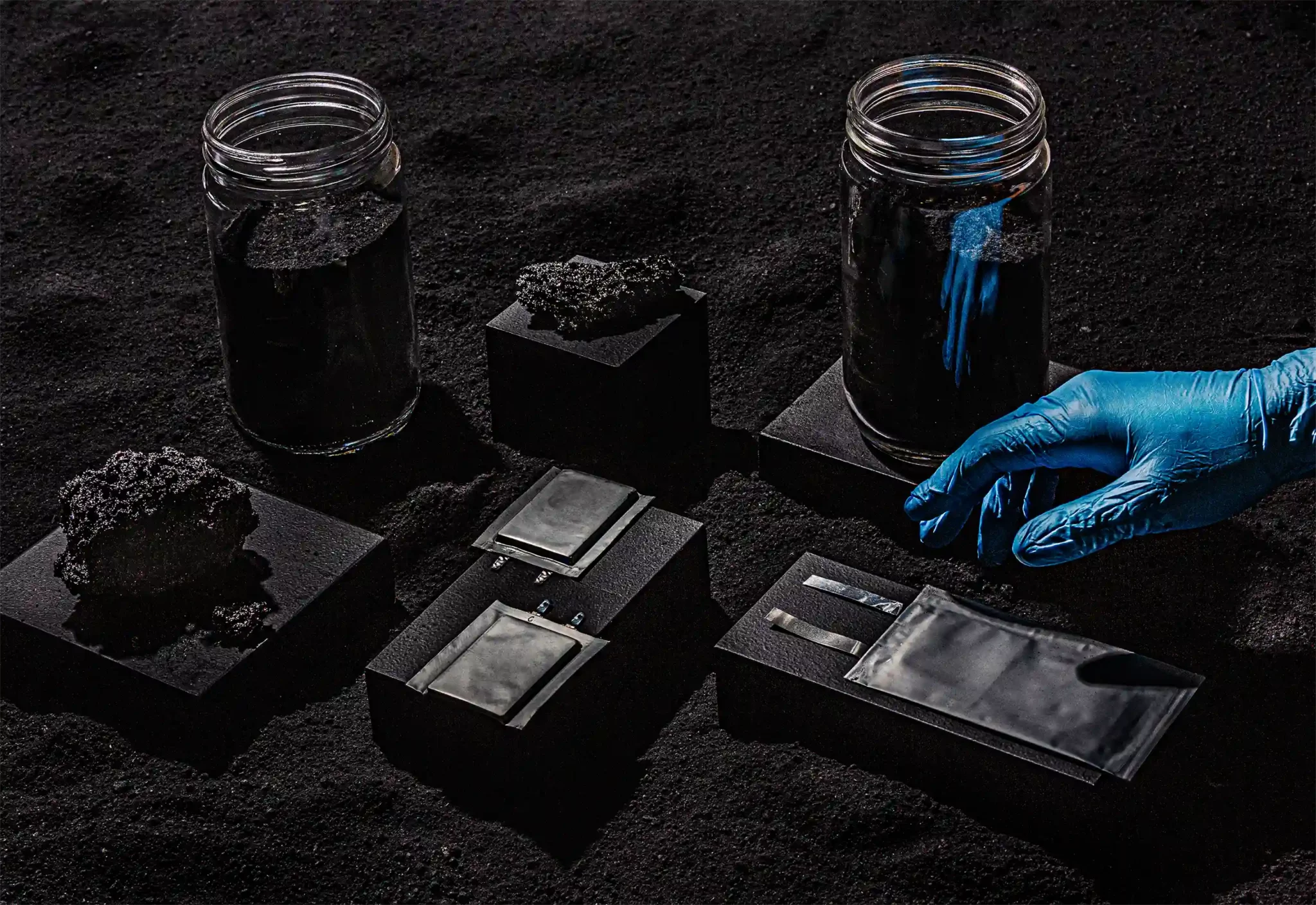WOODINVILLE, Wash., April 14, 2016 — EnerG2, a Seattle-based company manufacturing advanced nano-structured materials for next-generation energy storage breakthroughs, today announced the launch of Group14 Technologies, an independent spin-off enterprise that will commercialize cost-effective, advanced silicon-carbon composite anode materials for lithium-ion batteries.
Despite substantial investment in lithium-ion battery technology, most commercial cells still rely on graphite anodes — originally deployed in the 1990’s because of their low cost and acceptable lithium capacity. But a shift is underway to replace the graphite anode with a silicon-containing material, and Group14 Technologies’ silicon-carbon (Si-C) nano-composite material, built on the foundation of EnerG2’s advanced carbon manufacturing capability, is the material of choice.
Group14 Technologies — which derives its name from the Periodic Table column listing both silicon and carbon — will manufacture silicon-carbon anode materials with increased energy capacity compared to currently available materials while maintaining the low cost and high cycle life of graphite.
The U.S. Department of Energy (DOE) is supporting the project with a $2.8 million grant that is designed to help Group14 Technologies scale its low-cost manufacturing process to the plant level.
“Group14 is poised to claim a significant share of the $1 billion lithium-ion anode material market,” says Rick Luebbe, the CEO of EnerG2 and co-founder of Group14 Technologies. “EnerG2 has made its mark in the lead acid and ultracapacitor markets, and now Group14 can achieve similar success with lithium-ion. The goal is to help bring battery costs down while improving performance so that we can eventually see reasonably priced electric vehicles everywhere.”
Adds Dr. Henry “Rick” Costantino, the Vice President of Research & Development at EnerG2 and co-founder of Group14 Technologies: “We’re excited to bring our innovative approaches to the energy storage marketplace, and we intend to deliver our cutting-edge solutions to meet our customers’ requirements.”
An Innovative Process: Incorporating Silicon Into a Porous Carbon Framework
Group14 Technologies’ breakthrough is contained in a cost-effective process, which allows the company to incorporate silicon into the internal surface of its porous carbon framework. Silicon expands and contracts three- to four- fold when it takes on and releases lithium during battery cycling.
“Our unique Si-C composite minimizes issues with silicon expansion and contraction,” explains Dr. Aaron Feaver, the Chief Technology Officer at EnerG2 and a Group14 Technologies co-founder. “And its excellent silicon-carbon bonding ensures good electron conductivity to improve power performance. In addition, cycle stability is maintained due to a stable solid electrolyte interface (SEI), all with electrode processing that is typical of carbon.”
Adds automotive visionary and Group14 Board Member, Bob Lutz: “It’s crucial that we continue efforts to build a better battery. People don’t want to compromise performance. Current electric vehicles do provide a unique driving experience and unparalleled efficiency, but still do not match the range or convenience of internal combustion. Innovative materials originating from breakthrough science are needed to push batteries to the next level. The advancement in silicon-carbon composite anode materials for lithium-Ion batteries by Group14 Technologies is pushing us that much closer to the day when electric cars are the standard.”
The porosity of the Group14 silicon-carbon nano-composite allows the silicon to expand and contract easily without damaging the delicate structure of the rest of the battery. This type of arrangement where electrode particles can accommodate silicon expansion has been proposed in the literature and proven effective, but never deployed in a commercially scalable process. The Group14 team has a proven track record in developing and manufacturing engineered electrode materials. By leveraging this expertise and using carbon as a framework that allows for both excellent lithium diffusion and electron conduction, Group14 can create the ideal landscape for high capacity nano-scale silicon. The silicon materials, derived from low cost highly scalable precursors, maintain a very small feature size — below the threshold required to prevent self-pulverization during charge and discharge of the battery. Another key aspect of the Group14 solution is its unique particle encapsulation. Traditional graphite materials are known for their safe and stable SEI layer — a feature reproduced in the Group14 silicon-carbon particle. With an engineered surface chemistry, Group14 is able to provide substantially higher lithium capacity while maintaining high cycle life and safety.
